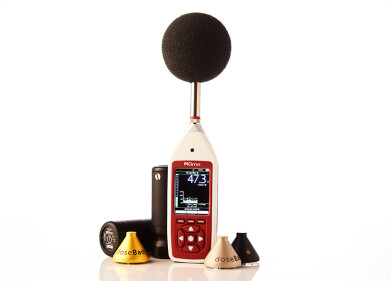Health & safety
What Is Mercury Used For?
Apr 04 2022
A naturally occurring metallic element in our environment, mercury has been utilised by mankind for various applications for millennia. Of course, the fact that it is one of the most toxic metals on the planet remained unbeknownst to humans for the vast majority of time, with the short- and long-term effects of mercury exposure through prolonged exposure to the substance only recently discovered by the scientific community.
While this expanded knowledge has meant that mercury has been replaced by safer and more sustainable element for a number of its applications, it still remains a key ingredient in many devices, treatments and processes today. Here’s a brief rundown of some of the most commonplace from yesteryear and today, many of which are still operational despite its high toxicity and poisoning potential.
Medicine
Perhaps the most famous application of mercury is in a thermometer used to read temperature, whether corporeal or atmospheric. It can also be deployed in a sphygmomanometer to gauge the blood pressure of a patient, as well as in silver amalgams for dental fillings. It also appears on the ingredients list of certain balms, ointments and medications used to treat skin irritation, cuts and other wounds.
Cosmetics
Despite the concerning effects of mercury on the human body, it has been an integral ingredient in many dermatological and beauty products for decades. Many brands of mascara still contain thimerosal, while skin lightening creams take advantage of mercury’s melatonin-blocking capabilities to artificially whiten the skin of their customers. Many governments – including the British and American ones – now strictly regulate the amount of mercury allowed in such products.
Industry
Mercury is an essential component in many electrical appliances and apparatuses, from semi-conductors and batteries to lubricants and electric propulsion systems. As an effective amalgam, it can prolong the lifespan of other, more corrosive metals, which is one reason why it’s so popular in industrial processes and locations.
Lighting
In its gaseous form, mercury can be effectively used in vapour lamps, fluorescent light bulbs and neon signs. These items can be particularly dangerous if smashed, since the gas can be easily inhaled and wreak swift damage on the lungs, kidneys, brain and other vital organs. In fact, elemental mercury is virtually harmless if ingested or absorbed through the skin – but potentially fatal if inhaled.
Other devices
Meanwhile, mercury is also still deployed in sundry other devices and consumer products. Glass mirrors may contain mercury in its vaporous form, while pendulum clocks which rely on temperature to tell the time can use mercury as well. Indeed, the relatively recent advent of atomic clocks also take advantage of mercury’s properties, while it’s a key ingredient in paper manufacturing, paint production and other industrial processes.
Although it still has its uses, it should not be forgotten that mercury is a dangerous element which can endanger human health and compromise the environmental future of our planet. For those reasons, it’s imperative that all individuals and companies using mercury in their operations implement robust monitoring protocols to ensure it remains at same atmospheric concentrations. To learn more about these monitoring requirements and methods, please attend the International Conference on Mercury as a Global Pollutant (ICMGP), which is being held virtually this July.
Digital Edition
IET 35.2 March
April 2025
Air Monitoring - Probe Sampling in Hazardous Areas Under Extreme Conditions - New, Game-Changing Sensor for Methane Emissions - Blue Sky Thinking: a 50-year Retrospective on Technological Prog...
View all digital editions
Events
May 06 2025 Nuremberg, Germany
May 10 2025 Karachi, Pakistan
May 11 2025 Vienna, Austria
May 11 2025 Seoul, South Korea
Salon Analyse Industrielle & Instrumentation
May 14 2025 Paris, France






.jpg)


_(4427399123)-(2).jpg)









